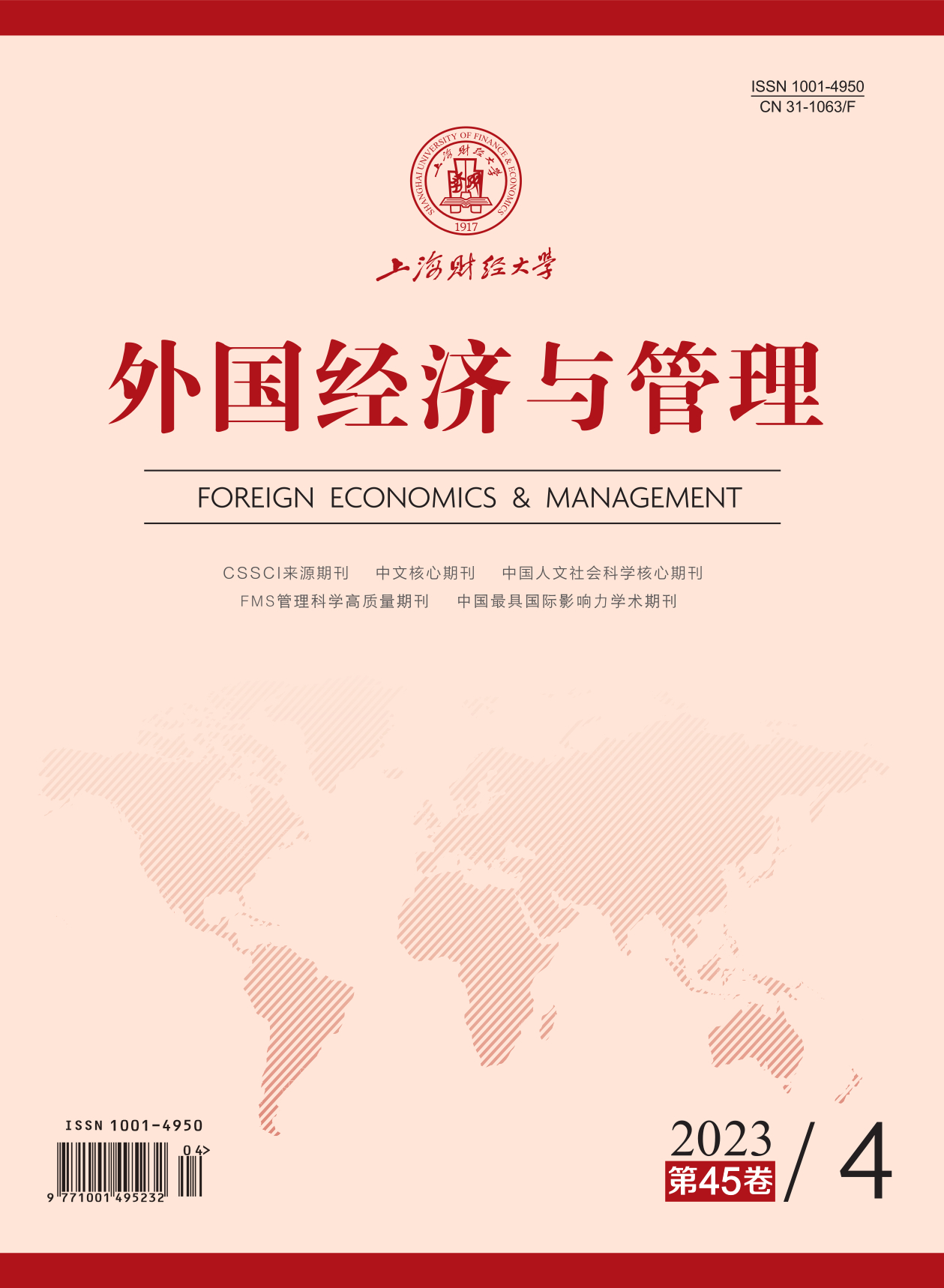The Report of the 19th CPC National Congress sets the ambitious goal of making China one of the most innovative countries in the world by 2035 by substantially improving scientific and technological strength. In order to achieve this goal, it is necessary not only to own large-scale innovation quantity to lay the innovation foundation, but also to own high innovation quality to improve the innovation level. Therefore, how to effectively increase the quantity and quality of innovation has become an important issue. Enterprise R&D investment shows obvious industry convergence. That is, there is a peer effect in enterprise R&D investment. Enterprises learn and imitate each other in R&D investment, and then R&D investment behavior can affect and drive each other. The quantity and quality of innovation, as important measures of enterprise innovation output, are direct economic consequences of R&D investment. The peer effect of R&D investment can drive enterprises to carry out innovation activities, and thus affect the quantity and quality of innovation.
Based on the above background, this paper focuses on the peer effect of R&D investment, takes China’s A-share listed companies from 2014 to 2020 as the research sample, builds a regression model, and empirically tests the impact of the peer effect of R&D investment on the quantity and quality of innovation. The result shows that the peer effect of R&D investment can increase the quantity and quality of innovation. In addition, the peer effect of R&D investment is more conducive to enterprises with less R&D experience and less government innovation subsidy to increase the quantity and quality of innovation, which plays a complementary role of internal experience at the micro level and innovation incentive policy at the macro level. Further heterogeneity test shows that the more competitive the industry and the higher the level of economic policy uncertainty, the more the peer effect of R&D investment can improve the quantity and quality of innovation. The conclusions of this paper have implications for how to improve the quantity and quality of innovation through the interaction of the R&D investment of peer enterprises in building an innovation-oriented country.
The main contributions are that: First, different from previous research on the influencing factors of innovation output from the perspective of macro innovation incentive policy or micro enterprises’ own behavior, this paper changes the research perspective to the peer effect of R&D investment to explore the impact of the peer effect of R&D investment on the quantity and quality of innovation. Second, previous research only examines the existence and enterprise heterogeneity of the peer effect of R&D investment, while this paper extends the research chain backward to explore the economic consequences of the peer effect of R&D investment on innovation output, thus further clarifying the research value of the peer effect of R&D investment from the perspective of promoting the quantity and quality of innovation. Third, although the peer effect of R&D investment is different from macro innovation incentive policy and micro enterprises’ own R&D experience, it plays a similar role in promoting the quantity and quality of innovation. From the view of complementing the internal R&D experience and external innovation incentive policy, this paper explores the micro and macro effects of the peer effect of R&D investment, providing another way to promote the quantity and quality of innovation.





 5633
5633  3761
3761

